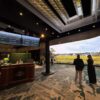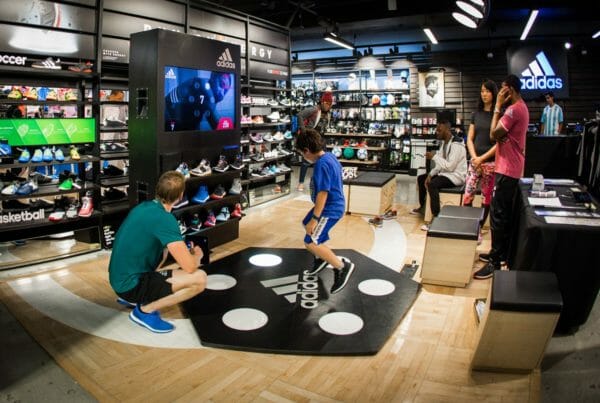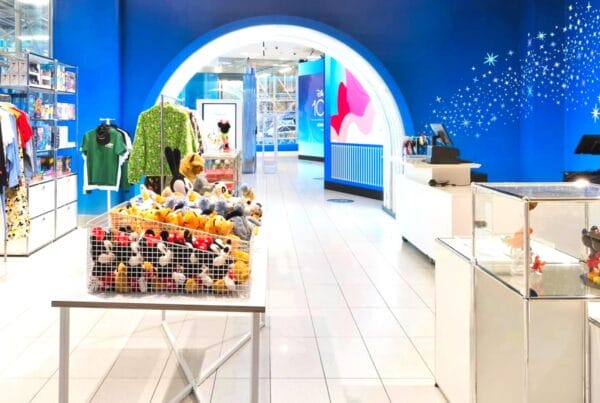Much has been said about the evolution of retail in the past two decades. And it’s certainly true that these years have been filled with complexities and uncertainty for physical brick and mortar retailers.
It’s more than obvious that the internet has changed consumer behavior, though blaming the proliferation of online shopping for the death of retail is a bit too simplistic. It has certainly changed retail and required sometimes drastic adjustments from retailers, but it hasn’t killed physical retail.
Then, 2020 added to the mix a pandemic that further disrupted consumers’ behavior, sentiments and preferences.
The truth is, succeeding in retail has never been easier. But doing so today requires a willingness to pivot and iterate, following consumer sentiment and buying patterns wherever they lead.
Today’s successful retail stores aren’t just evolving. They’re also finding new purpose. Here’s what to know so you can keep up.
More Than a Place to Get Stuff: Experience Is the Difference
The most successful retailers in the current landscape are those who embrace the idea of creating experiences, not just being a place to get stuff.
Apple. Best Buy. Lovesac. Sephora.
Brands like these have leveraged experience to drive value and sales. They make their stores a destination, places where you can get an experience you can’t get elsewhere.
This is crucial, because you can buy a MacBook or a couch or makeup from home, in just a few clicks. You no longer need to visit a building containing those items and physically pick one up and head to the cash register.
If physical retail is only about getting stuff, then physical retail is in trouble.
Retail outlets used to have as their primary purpose simply being a rectangular box full of stuff people can pick up and take home. This isn’t going to cut it anymore. It’s time to evolve, to become a place where people can get experiences they can’t get online.
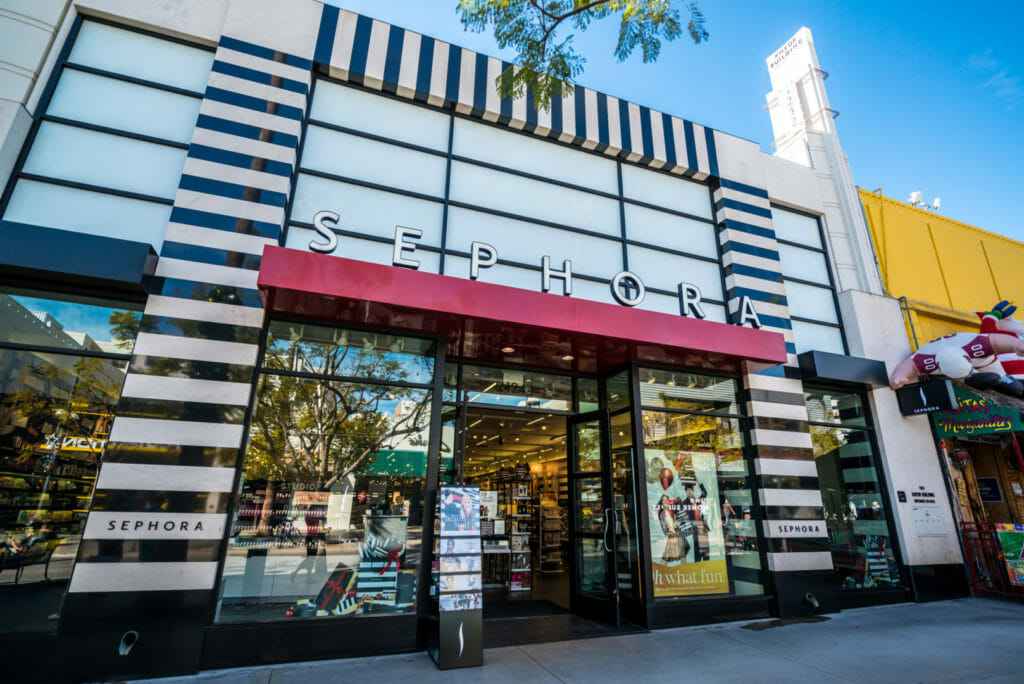
Curation + Tactile Experience
Department stores have had a rough go of things as of late, with significant square footage (and associated costs), massive inventories, and dwindling foot traffic.
But out of the challenges come new ideas from several department brands, most of which focus on a dual strategy of curation and tactile experience. Bloomingdale’s has launched Bloomie’s, a smaller store full of curated, frequently rotated items displayed in hands-on, tactile product-forward configurations. Bloomingdale’s is betting on consumers not wanting to dig through racks upon racks, but rather to be inspired or captured by tightly curated looks.
Macy’s has experimented with smaller format stores as well, and Nordstrom and Kohl’s are joining in, too.
What these smaller stores offer that online curation-based companies (think Stitch Fix) can’t is a tactile experience. That sweater might look great, but how does it feel? Smaller, curated and yet tactile approaches to retail show promise to meet consumers where they want to be met.
Experiential Store Concepts
Another evolving trend with new purpose is the experiential store concept. Early examples included digital D2C brands setting up pop-ups in brick and mortar retailers or buying high-impact shelf space at Walmart and Target (Harry’s, Dollar Shave Club). Again, this approach brought an experiential, tactile experience to brands that couldn’t otherwise offer it.
Brands are moving even further into this lane with entirely new, experience-based store concepts from existing brands, along with further refining the store-in-store approach.
Examples of the former include Popshelf, a more upscale concept from Dollar General, and House of Sport, an interactive retail experience in the Dick’s portfolio. New purpose in retail can be obvious, like the rock wall, turf field, and putting green experiences at House of Sport. It can also be more subtle, like bringing a new level of life and interest to a less-than-glamorous brand.
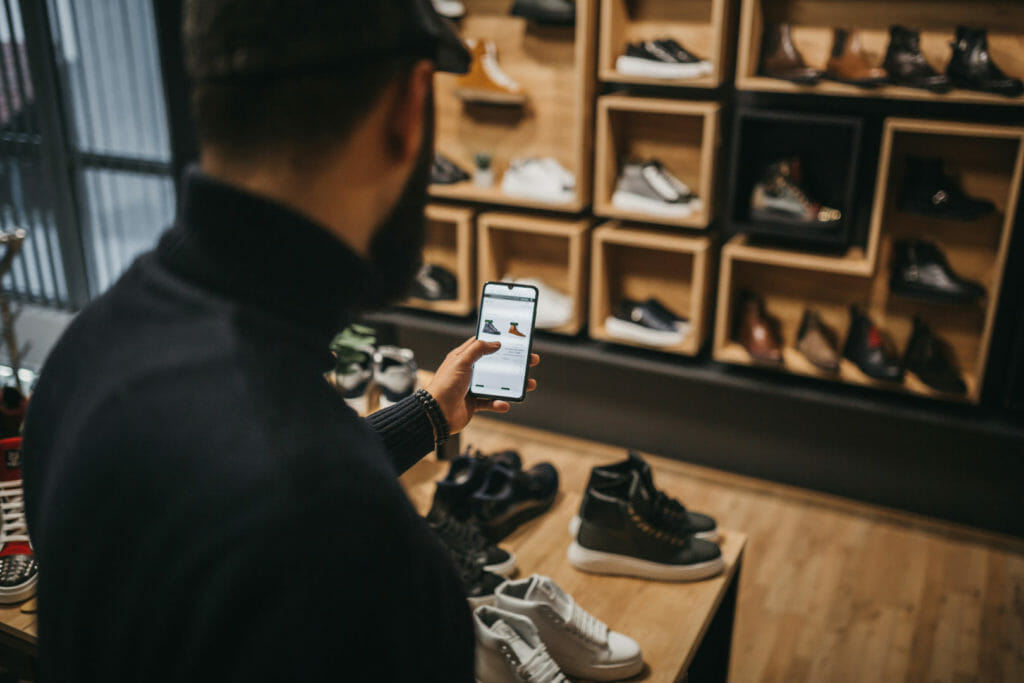
Evolving and Finding New Purpose Require the Right Strategic Partners
As you seek to navigate change and execute on new purpose and vision within the retail landscape, you’ll need an implementation and enablement partner with the right skills and experience. Even better is finding a partner that offers a strategic advantage.
Bluewater offers retailers a powerful strategic advantage: because we do both fabrication and technology implementation, we can get involved earlier in the design process. We often work with architects in the planning stages, offering our customers much deeper levels of integration.
Other AV service providers simply bolt on their services once the design (and sometimes build) is done. Bluewater can do more. Reinventing your retail approach? Bluewater can help. Contact us to learn about our retail offerings



